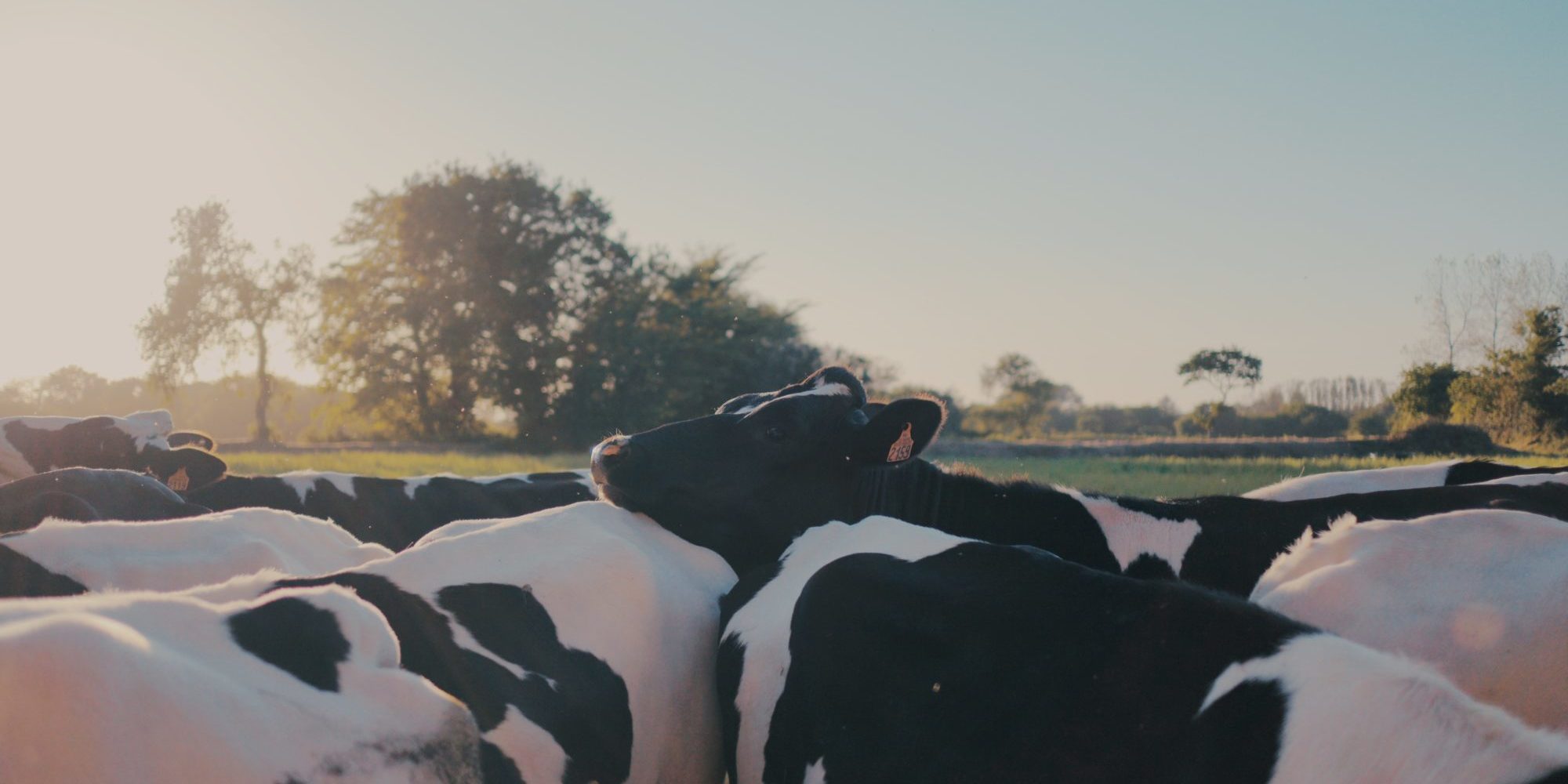Cows are amazingly stoic creatures, hiding their pain well from us. Lameness is one of the ways they will show pain, and most of the time it has stemmed from a foot issue. The corium is the layer of tissue inside the hoof that the hard hoof grows from, and when it becomes damaged it is painful and very sensitive due to having many nerve endings. This damage then leads to poor quality hoof wall and sole, allowing further damage and opening for infection. Lameness is a multi-factorial disease, meaning that there are many predisposing factors that can lead to it, and therefore many ways to prevent and minimise it. Stress, poor nutrition, “unfit” feet, poor race surface, and handling errors (pushing cows too hard) are all possible contributing factors.
Preventative hoof trimming and early intervention of lame cows can reduce the number and severity of lameness issues. Corrective trimming of cows with abnormally shaped hooves and using proven techniques of trimming combined with lameness treatments will improve outcomes. It is also worth using pain relief for these lame and painful cows. Sometimes the act of trimming a hoof can be painful (despite our best attempts not to cause pain) so consider using pain relief injections such as Ketomax before lifting a foot for trimming if you know it is sensitive.
Studies show that the best results come from a combination of trimming, pain relief and applying a hoof block to transfer weight away from the affected claw. There are several different types of hoof block available, but all of them have the same aim – to remove the weight from the affected claw to relieve pain and allow the cow to walk more comfortably while the hoof repairs to be able to fully weightbear. If you are unsure how to use these or have staff that require training in treating lameness, we can run a session on farm.
Kathryn Sigvertsen





